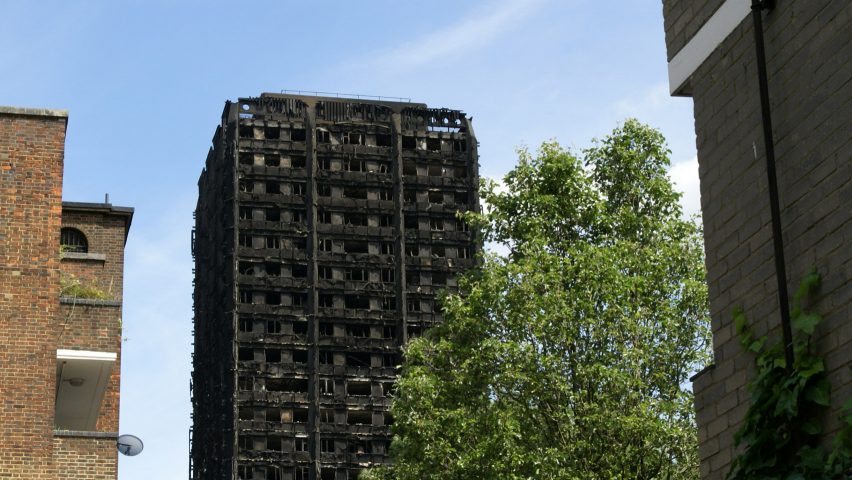
"Designers, contractors or the local authority could all be blamed for breaching a duty to warn"
Six weeks on from the devastating fire at Grenfell Tower, architects, construction firms or the council could be found liable under the "duty to warn" principle, says construction lawyer Jason Kallis.
In the refurbishment of a high-rise building such as Grenfell Tower, there would have been more than one person or corporation responsible for design. Simultaneously, it is likely that one entity or person had overall responsibility for design.
As lead consultant, an architect would normally assume this role. But it is not just that consultant's scope of service or assumption of responsibility that should be scrutinised here. It would be more appropriate to assess likely liability for gross negligence, in this instance, within the realms of what they should do about high-risk fire issues, at law. That boils down to one issue: which of the entities involved had a duty to warn?
This question can probably be reduced to that of, who had knowledge of the likely issue with the cladding and who ought to have had knowledge?
Of course, deciphering who had a duty to warn is not easy to determine in itself. Some involved on the project may have been unaware that the cladding was not fire-retardant. Some, despite knowing that it was not, may still be entitled to assume that design would be implemented which prevented the cladding from spreading fire.
Simply warning an employer of a risk of catastrophic fire is not enough. One must warn vigorously
While there is no general duty to warn in English law, there is a duty to warn where danger to the lives of humans is present, see Akenhead J in Cleightonhills v Bembridge Marine.
Ultimately, all the construction professionals contracted by the council who knew that the cladding was not fireproof are likely to have had a duty to warn, unless the circumstances show that they could have, feasibly, assumed the cladding would then become fire-proofed during the installation process.
Once it is established that someone owes a duty to warn, to comply with their duty they must proceed with extreme caution. Ordinarily, simply warning an employer, for example, of a risk of catastrophic fire is not enough. One must warn vigorously or, where the risk is high, simply refuse to proceed with the works, perhaps even take steps to prevent others from proceeding.
Without seeing the contracts, professional appointments, and explanations as to why decisions were made, it would be inappropriate to attempt to place definitive blame on the cladders, contractors, architect, engineers, those checking building regulation compliance, or the employer. But, on the face of it, if there was a lead designer or consultant, that individual may find it difficult to argue that they did not have a duty to warn.
If there was a lead designer or consultant, that individual may find it difficult to argue that they did not have a duty to warn
Meanwhile, the assumption that others will be "designing out" a fire risk is likely to protect the lead consultant. Indeed, it may be that those with overall design responsibility may only be able to vindicate proceeding, once aware of a fire risk, with the cladding installation, if they had been told expressly that the cladding was fire-retardant.
As enquiries continue, it remains unclear who may find themselves standing in the dock but it could well be any of the designers, contractors or even the local authority which commissioned the works. From this list, it is possible that all three entities could be blamed for breaching a duty to warn.
Whether a breach of a duty to warn in this instance constitutes gross negligence manslaughter or corporate manslaughter will, ultimately, be a matter for a jury to decide.